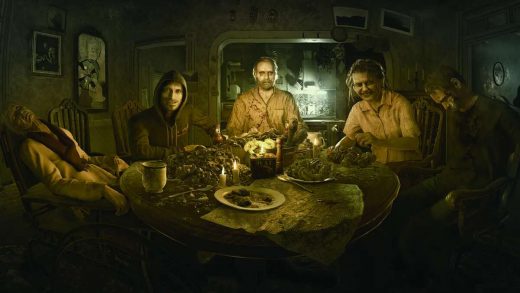
Code the Classics aims to teach new programmers and nostalgic fans alike how to create retro games inspired by classics from the ’70s and ’80s. Published by Raspberry Pi Press, and featuring games coded by Raspberry Pi founder Eben Upton, Code the Classics will be published across two volumes in the coming months. Volume 1 is set to release on August 27, while Volume 2 will be available starting November 12. Both books are available to preorder now for $30 at Amazon.
It’s worth noting that Volume 1 originally released in 2019. The upcoming release is the second, revised edition, with more content. Volume 2 is a brand-new release. The first edition of Volume 1 was well-received at launch and currently holds a 4.5/5 star user review average at Amazon.
Code the Classics by Raspberry Pi Press

Code the Classics Volume 1 is a fun history lesson of ’70 and ’80s video games, from which you’ll learn to create your own games inspired by those seminal titles. As mentioned, the book includes walkthroughs of example projects programmed by Upton. It’s worth noting that the books will teach you to code in Python, which works very well with Raspberry Pi devices. For the first book, here are the games you’ll learn to code, each of which is inspired by a retro game.
- Boing (Pong)
- Cavern (Bubble Bobble)
- Infinite Bunner (Frogger)
- Myriapod (Centipede)
- Substitute Soccer (Sensible Soccer)
Code the Classics Volume 2 continues your lessons with even more games to create and another trip down memory lane. You’ll be taught how to develop brick-breaking and racing games, and the full list includes:
- Avenger
- Beat Streets
- Eggy
- Leading Edge
- Kinetix
So what will you play your custom games on? A fitting option would be on a Raspberry Pi computer. If you don’t know where to start with Raspberry Pi, the starter sets can be a good option. Plus, these homebrew hardware sets come with all the parts you need to build your very own tiny PC and retro gaming console. The Canakit Raspberry Pi 5 is essentially a credit card-sized computer and there’s even a cool custom shell to slot the parts into to create your very own PiStation. Inspired by the first PlayStation console, this features a very familiar design, Micro HDMI connectivity, and a 4.3-inch 480p LCD screen. Or if you prefer to wave your NES flag, there’s a case for that fandom as well.
If you’re in the mood for some handheld fun, the Retroflag GPi Case 2 for Raspberry Pi CM4 lets you build your very own Game Boy. This has its own LCD screen, a 4000mAh battery, USB-C charging, and a 3.5mm headphone jack. You don’t even need a screwdriver to install your hardware, as it offers a tools-free approach to slotting in your boards.



